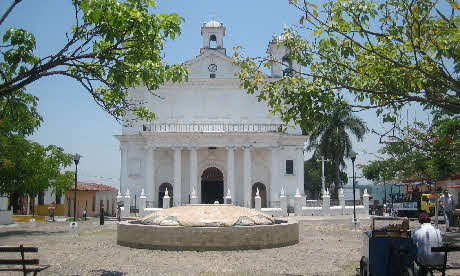
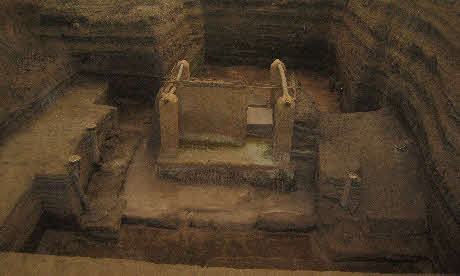
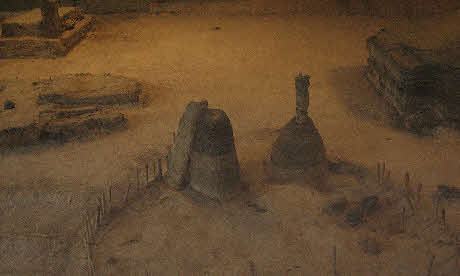
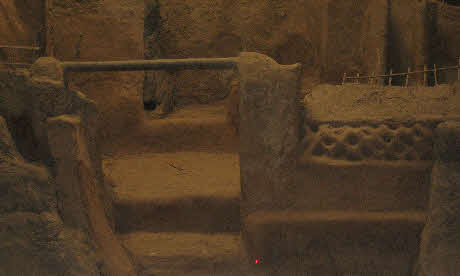
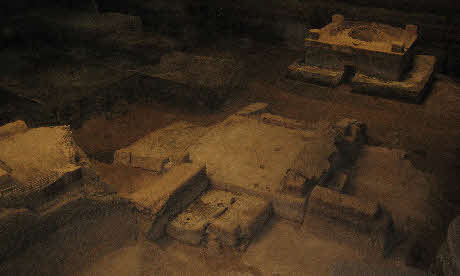
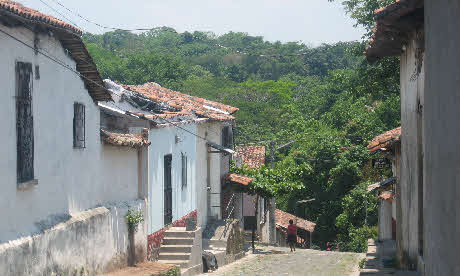
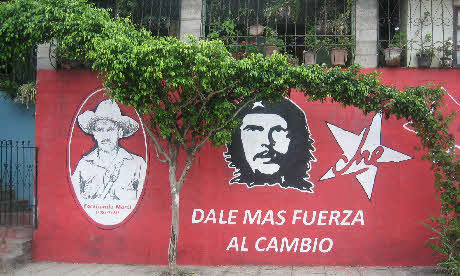
Thomas Rees is intrigued by the 'Pompeii of the Americas' - Joya de Cerén
Stone temples and crumbling Mayan palaces are a dime a dozen in Latin America. Whether scrubbed clean by archaeologists or hidden beneath jungle canopies, noisy with the frantic calls of cicadas, they provide ample evidence of the power and the splendour of the Mayan elite. Yet they tell us little about the lives of ordinary people, of the peasants and artisans upon whose backs an empire was built.
The archaeological site at Joya de Cerén (Jewel of Cerén) is different. Known as the 'Pompeii of the Americas', it's the most complete Mayan village ever to be discovered on the continent, immaculately preserved beneath layers of volcanic ash following the eruption of a nearby volcano around 600AD.
It's here alone that the wattle and daub dwellings of pre-Hispanic farmers have survived, complete with neatly-furrowed fields and kitchen gardens. When the site was first excavated, even the delicate impressions of yucca (manioc), maguey cactus and maize were visible in the ash, allowing archaeologists to build up an impression of the diet of Joya's inhabitants.
The religious practices of Mayan villagers are in evidence too. In the midst of one group of buildings is a temezcal, a ceremonial steam bath depicted in the condices of the period and used for ritual cleansing. Entering the warmth of its interior was likened to returning to the womb, that you might emerge reborn. Set into its domed roof is a circular valve of baked earth that would have allowed excess steam to escape, preventing the temperature and the pressure inside from growing too great.
My guide, Maria, a bright-eyed Salvadoran in a floral scarf, smiled at the ingenuity of her ancient ancestors and led me to another building in which excavators have found painted deer antlers, shells and the fragments of a headdress. Adorned with a latticework window, designed to allow those inside to peer out, while obscuring the view of passersby, it is thought to have been a centre of occult activity, the dwelling of a village shaman.
“Just as intriguing,” said Maria, “was the discovery of a tiny clay figure”. Housed in the smart museum at the site's entrance, it depicts a man sporting a broad-brimmed hat, a glimpse of 7th century Mayan attire which overturns the assumption that sombreros were brought to the continent by the Spanish. “It turns out they're a Salvadoran invention, that the Conquistadors borrowed the idea from us,” she said, brimming with pride.
Though it was discovered in the 1970s, much of Joya de Cerén is yet to be excavated. No doubt more illuminating fragments of history lie hidden beneath the soil. Just like in El Salvador itself, if you dig down just a little, there are treasures to be found.
At the time of writing (January 2014), entry to Joya de Cerén cost US$3. Official tours are in Spanish but English speaking guides can be arranged upon request. The site is 32km from San Salvador. Take bus No 108 from Terminal de Occidente to San Juan (US$0.45).
Though stories of gang-related violence grab the headlines, most Salvadoran's are incredibly friendly and are eager to assist travellers. There's no substitute for local knowledge so don't hesitate to ask for directions and recommendations.For more about El Salvador, Central America's smallest country, see Wanderlust's El Salvador travel guide.